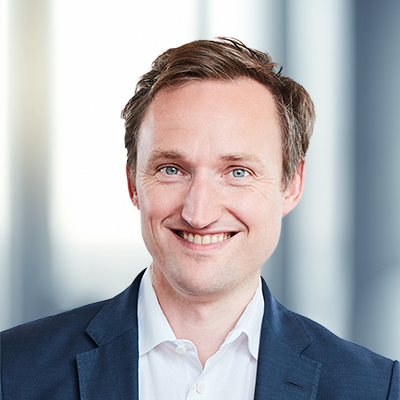Protecting 3D products
Patenting of 3D products
The number and variety of products and manufacturing processes that are possible using additive methods has increased significantly in the last 10 years - not least due to the use of new materials and the further development of process control.
For the patenting of 3D products and manufacturing processes, it is important to identify specific features or processes that are new, innovative and non-obvious.
In addition to new processes or printing techniques for the production of 3D objects, new materials or material compositions whose properties improve the process or enable new product developments may also be patentable. Software algorithms and hardware components that control or optimize the printing process can also be the subject of a patent.
There is still no clear case law on the question of whether a digital print template (i.e. the virtual model for the product to be printed) can also be protected under patent law.
Additive manufacturing (AM) in the industry
With 3D printing technology, complex technical shapes and geometries can be produced by using different materials (plastics, metals, ceramics, sands). This opens up a wide range of new possibilities for industry in terms of both manufacturing processes and product development.
In addition to 3D printing manufacturers, a large number of industries have specialized in 3D printing technology; for example, material manufacturers, software companies and manufacturers of post-processing equipment are important players in connection with innovations in this area.
Various industries, such as mechanical engineering, optics, electronics, healthcare and interior design, use 3D technology as part of product development.
Patent protection in additive manufacturing
In order to obtain patent protection for products manufactured using 3D printing, certain conditions must be met.
- Novelty: The product or the process by which it is manufactured must not have been publicly known before the patent application date. It must be new and original.
- Inventive step: It must be based on an inventive idea, i.e. it must go beyond what is obvious to experts in the field.
- Applicability: It must be capable of industrial application, i.e. it must be manufactured and reproducible.
Aspects of trademark and design law should also be taken into account for the product created using a 3D process as part of the property rights strategy.
A trademark can, for example, protect a word/figurative mark or the shape against imitation. Design law protects the appearance of the 3D product.
EPO statistics 2023: Patent applications in the field of 3D printing
Research in this area has intensified considerably in recent years. The largest patent applicants in the field of additive manufacturing are primarily US, European and Japanese companies.
A study published by the EPO in September 2023 analyzes the geographical origins of 3D printing as well as the largest industries and the top applicants. According to the study, Europe is in second place worldwide after the USA, the country with the highest number of applications, in particular due to 3D printing innovations in Germany. In addition to large German industrial companies, SMEs and start-ups are also very active in the development of 3D printing innovations in Germany.
Regarding Justus Kreuels:

Justus Kreuels, German and European Patent Attorney, studied mechanical engineering at the TU Munich and the RWTH Aachen. A main focus of his practice is the enforcement of intellectual property rights in the field of mobile communication, Internet of Things (IoT), robotics, etc. in Germany.
